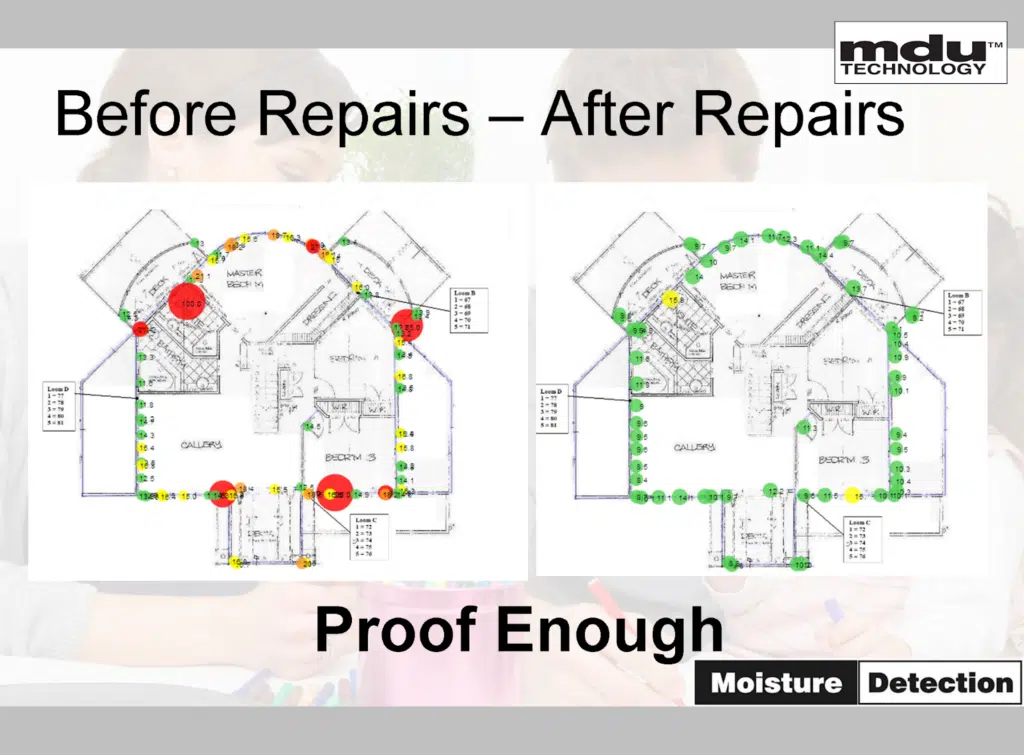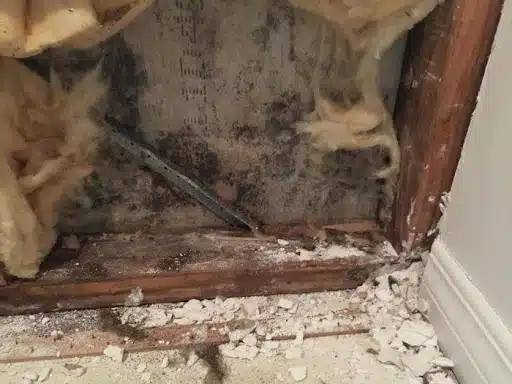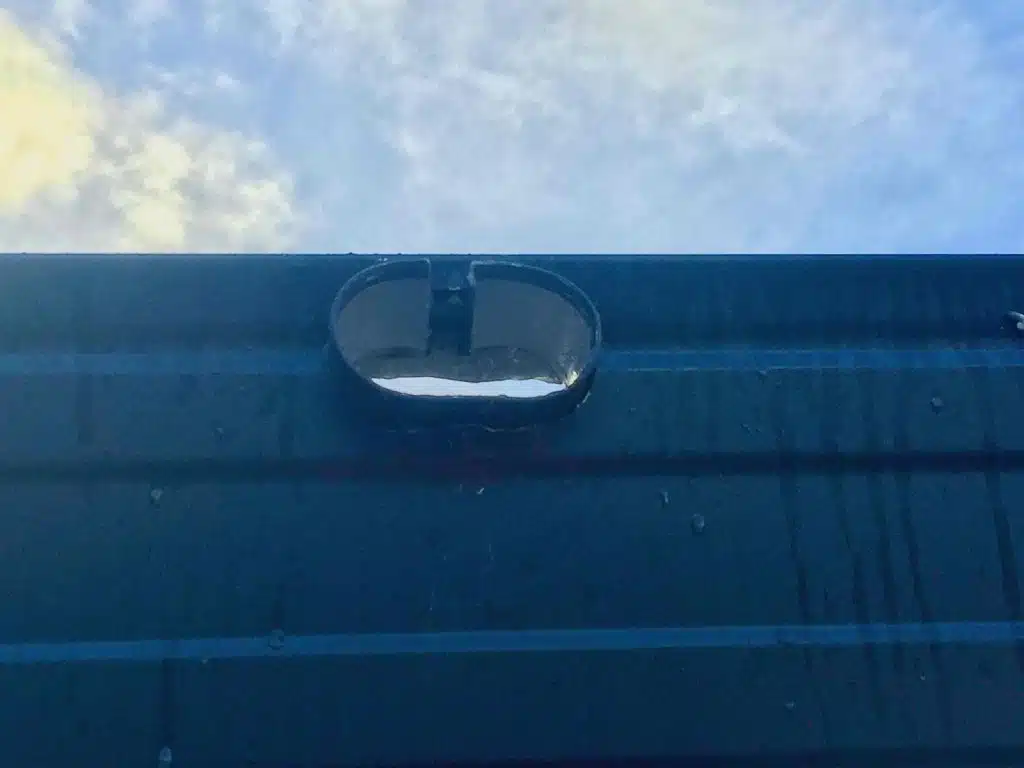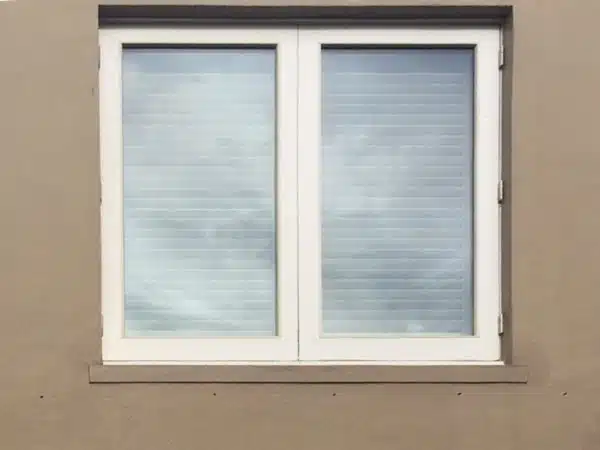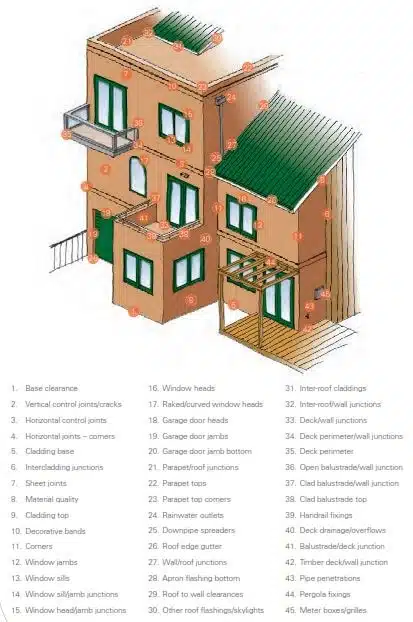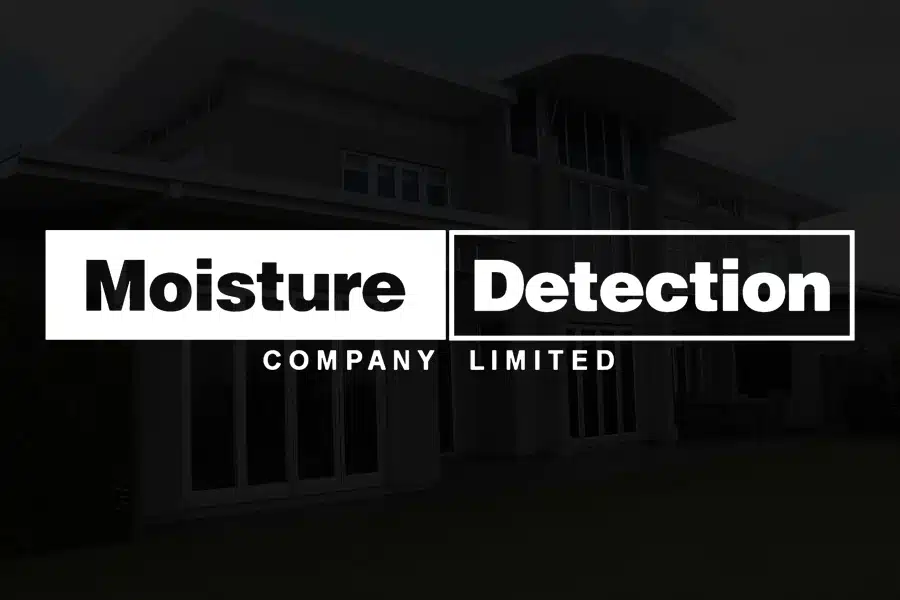Why would you pay thousands for repairs, or even hundreds of thousands for a re-clad, and then not know if your house still leaks? That wouldn’t make sense – and there is an alternative.
Only Moisture Detection Company can prove that their specialist repairs to monolithic clad homes have stopped the leaks.
